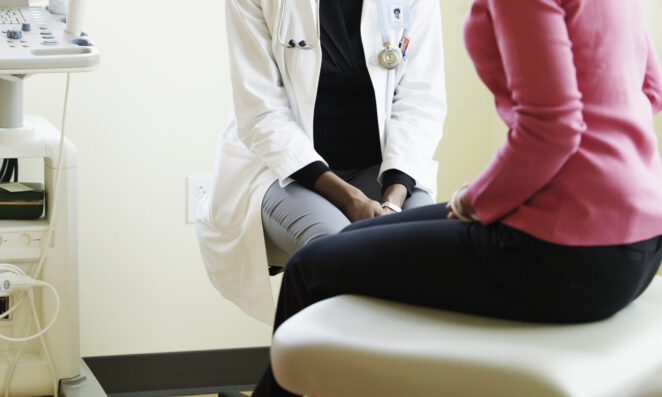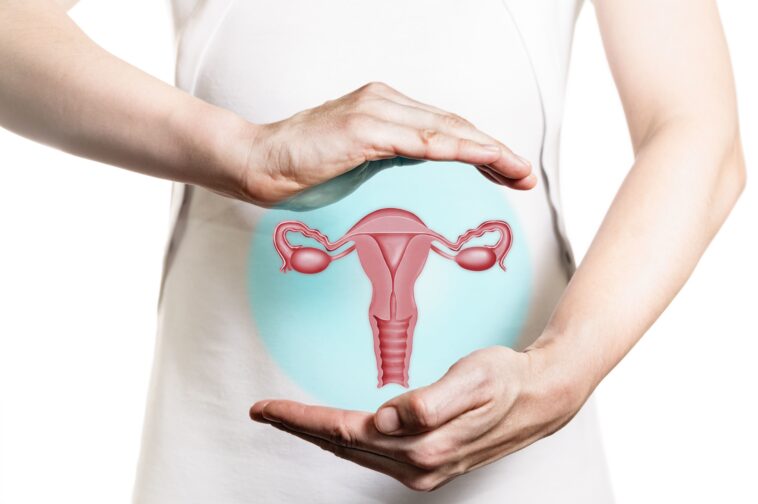Your pelvic health plays a critical role in many aspects of your day to day life. From proper bowel and bladder functioning to a healthy love life to your mental wellbeing, it can have an impact.
Think about it: a pelvic health issue like a UTI or vaginismus can ruin a road trip, make sex uncomfortable, or crush your self-esteem. More serious dysfunction can lead to other issues like organ prolapse, poor posture and balance, lower back pain, and a need for surgery.
Fortunately, many pelvic health issues can be prevented or managed through self-care and lifestyle changes. Preventative care, early diagnosis, and adherence to treatment plans can also help you avoid, reverse, or minimize these conditions.
Good pelvic health can require self-discipline and a proactive approach to wellbeing. However, with these key tips, you can get started taking better care of your pelvic health today.
1. Hydrate and Get the Right Nutrients

Poor diet and dehydration can cause problems with pelvic health in a number of different ways. For example, a diet without enough fiber can lead to constipation and cause stress to the pelvic floor when you strain for a bowel movement.
Caffeinated beverages like coffee, tea, and soda are diuretics that cause the kidneys to produce more urine. Spicy foods and artificial sweeteners can irritate the bladder and cause more frequent urination. Excess body weight, often due to a poor diet, can increase the risk of pelvic health issues like prolapse and incontinence.
On the other hand, maintaining a balanced diet and achieving a healthy weight can reduce a number of pelvic health symptoms. Proper hydration can help relieve constipation, support health bladder function, and prevent urinary tract infections.
A balanced diet with plenty of low-acid fruits and veggies, whole grains, and omega-3 fatty acids can help. If you’re prone to UTIs, consider adding a UTI supplement each day to pack in all the right nutrients.
2. Practice Good Bladder Habits
For a healthy bladder and pelvic floor, try to avoid holding in your pee for too long. Go to the bathroom regularly, even on long road trips or plane rides. Once every 3-4 hours is about right for most people, though some have more frequent urges.
Try to avoid “just-in-case” peeing, as this can confuse your bladder signals over time, making you feel like you have to go more often. The one exception here is that you should go before bed, so you’re less likely to wake at night.
When you do go to the bathroom, let your muscles relax and let your urine stream out — rather than squeezing or straining. Sit in a comfortable position, rather than squatting or hovering, which can make it much harder to relax. Don’t rush the process or get up before you’re finished. Let your bladder empty completely every time. To minimize bacterial contamination, pee right after having sex, and always wipe from front to back.
3. Do Your Exercises

Most women know, by now, that doing your kegel exercises can help keep your pelvic floor tight and strong, and improve bladder and bowel function. To do them, you tense and then slowly release the muscles that stop the flow of pee when you’re on the toilet.
If you’re lost, the Cleveland Clinic has a helpful guide to doing kegels (Note: you don’t have to be in a bridge position). With practice, they’ll get easier, and support bladder health, sexual health, and more.
That said, kegels aren’t for everybody, and it is possible to do too many kegels. It’s best to do them in moderation because overdoing them can lead to muscle fatigue and pelvic pain, potentially exacerbating issues rather than alleviating them.
Kegels also don’t improve a hypertonic or “tight” pelvic floor. If your pelvic floor is tight already, further tightening your muscles by contracting them will only make them tighter.
Luckily, kegels aren’t the only kind of exercise that can help improve your pelvic health. Any form of regular exercise can support circulation, digestion, and healthy sexual function. Squats, lunges, and certain yoga postures can strengthen the pelvic floor, while other yoga positions can help relax it, if needed. Heavy lifting and straining, though, can increase intra-abdominal pressure, pushing on the pelvic floor, and causing muscles to weaken and even prolapse.
4. Get Regular Checkups

Sometimes, problems with pelvic health can be symptoms of more serious issues that need to be treated. For instance, increased urgency and frequency of urination could be due to a bladder infection or diabetes.
It could also be caused by a mental health condition (like anxiety) or related to a nerve or spinal problem. Pelvic pain, meanwhile, could mean a great number of issues — everything from endometriosis to ectopic pregnancy to appendicitis to certain cancers.
Regular screening for STIs, pelvic floor disorders, and more can help keep you safe and healthy and prevent future issues. It’s generally up to you whether you choose to see a primary care provider, pelvic physical therapist (you may not need a referral), gynecologist, urologist, or local health clinic. Early intervention in conditions like STIs, incontinence, and prolapse can help prevent worse symptoms later. Early detection could even save your life.
The Bigger Picture
Like many other aspects of health, getting the right nutrients, exercising regularly, and living a generally healthy lifestyle are the best first-line defense. Don’t disregard the importance of other important self-care habits like getting enough sleep and avoiding stress.
It’s also extremely important to stay away from harmful substances like drugs, tobacco, and excessive alcohol use. While you can’t do much about genetics or chance, you can make your body stronger and more resilient against pelvic health issues.



